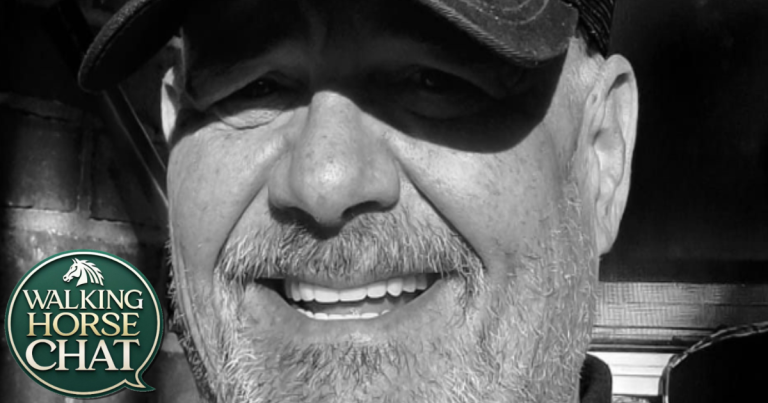Editorial: The Obsolescence of Digital Palpation
For decades, digital palpation—the manual examination of a horse’s pasterns and hooves for signs of pain—has been the cornerstone of enforcing the Horse Protection Act (HPA). Yet, mounting evidence and technological advancements reveal that this method is not only outdated but fundamentally flawed in identifying sored horses. Soring, the cruel practice of intentionally inflicting pain to exaggerate gait in show horses, demands precise detection. However, reliance on palpation perpetuates a system rife with subjectivity, environmental interference, and biological variability. Here’s why this archaic technique must be replaced.
The Fallacy of Pain Expression in Stressful Environments
Digital palpation assumes horses reliably exhibit pain when prodded. Yet, research shows that stress, distractions, and even human presence suppress pain expression in horses—a phenomenon termed *stress-induced analgesia* . At chaotic showgrounds, horses are surrounded by crowds, noise, and handlers who may intentionally or inadvertently manipulate reins to mask discomfort . For example, tightened reins or jerking motions can distract horses during inspections, rendering palpation ineffective . Stoic breeds like Tennessee Walking Horses, bred for docility, further complicate assessments, as they may not visibly react to pain even when severely sore .
Subjectivity and Human Error
Palpation relies heavily on the examiner’s skill and judgment. The National Academies of Sciences notes that pain detection in horses requires “adequate training and experience,” yet inconsistencies persist across inspectors . A review of 61 inspection videos revealed handlers violating protocols—holding reins too tightly or standing in dominant positions—which skewed results . Such variability undermines accountability, allowing sored horses to slip through cracks while penalizing compliant owners unfairly.
—
Inability to Detect Chronic or Subtle Injuries
Palpation focuses on acute pain responses but fails to identify chronic conditions like tendonitis or adhesions caused by long-term soring . Advanced imaging techniques, such as ultrasonography, reveal structural damage invisible to manual exams. For instance, hypoechoic regions in tendons—indicative of inflammation—are detectable via ultrasound but missed by palpation . By clinging to palpation, regulators ignore pathologies that perpetuate suffering long after inspections.
—
Emerging Technologies Offer Objective Alternatives
Modern methods like the **Horse Grimace Scale (HGS)**, which analyzes facial expressions for pain indicators, and thermographic imaging, which detects heat signatures from inflammation, provide noninvasive, objective data . Studies demonstrate that grimace scales distinguish pain from stress, offering a low-cost solution for real-time monitoring . Similarly, elastography and MRI scans enable precise diagnosis of soft tissue injuries, bypassing the guesswork of manual exams .
—
Ethical and Legal Imperatives for Change
The USDA’s reliance on palpation mirrors broader systemic failures in equitable policymaking, as seen in recent court battles over race-based farm aid . Just as judges have scrutinized discriminatory programs, equine regulators must confront the biases and inadequacies of outdated practices. Continuing to use palpation not only violates the spirit of the HPA but also perpetuates animal cruelty under the guise of compliance.
Conclusion: A Call for Science-Driven Reform
The Texas court’s rejection of flawed USDA policies should catalyze a parallel shift in equine welfare. Digital palpation belongs in the past. By adopting technologies like the HGS, ultrasonography, and stress-minimized inspection protocols, regulators can uphold the HPA’s mission without sacrificing accuracy or compassion. The horses—and the integrity of the industry—depend on it.












